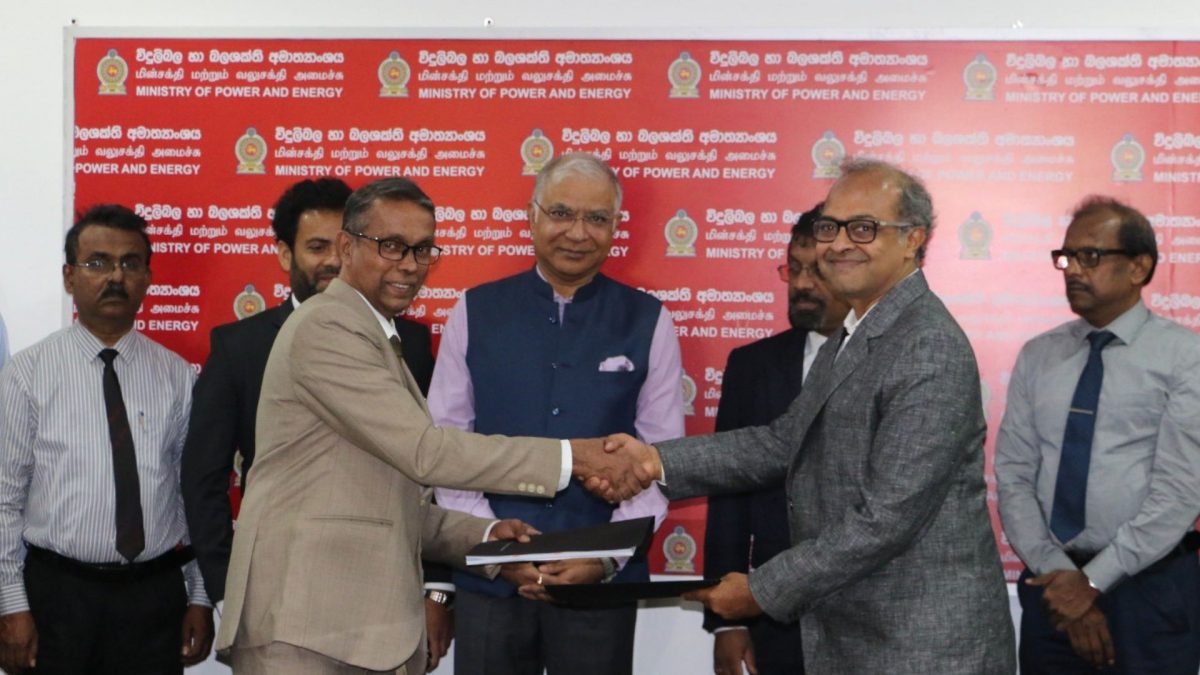As if the battle-scarred UPA-II was in need of further challenges, the latest GDP figures for the second quarter of FY13 came in at a slightly lower-than-expected 5.3 percent, against the 5.5 percent print of the first quarter.
Despite the disappointing figure, the broad level of growth-given a few fractions here and there-does not really come as a big surprise: Finance Minister Palaniappan Chidambaram had, during his Mumbai visit last week, hinted that times were difficult and growth could be in the region of about 5.5 percent. Importantly, he also hoped the RBI would lower interest rates going forward, since inflation was coming down a tad.
The latest GDP figure clearly tells a story. The manufacturing sector grew only 0.8 percent vis-a-vis 2.9 percent year-on-year, while farm output rose 1.2 percent during the quarter, down from 3.1 percent the previous year. Similarly, the services sector and industry both fell to 7.2 percent (8.8 percent) and 2.8 percent (3.7 percent) in comparison. However, the one bright spot was the gross fixed capital formation, which rose 4 percent.
The GDP figures will put enormous pressure not just on the embattled finance minister, but also the Reserve Bank of India (RBI) governor Duvvuri Subbarao who has been steadfastly refusing to ease interest rates, given the stickiness in prices and inflation ruling well above 7 percent.
The last inflation print came in at 7.45 percent, well beyond the central bank’s comfort zone of 5 percent. Sections of industry have for long been pressuring the RBI to lower rates given flagging growth, but Subbarao has instead chosen to operate through the cash reserve ratio (CRR), putting more money in the hands of banks for lending to productive sectors. Given this context, the 5.3 percent figure for the second quarter will set RBI thinking.
However, very few expect the RBI to cut rates right away, despite the latest figure. C Rangarajan, chairman of the Prime Minister’s Economic Advisory Committee told CNBC-TV18 after the second quarter figures that a rate cut would have to depend on the next inflation figure, that for November 2012. However, Rangarajan is clearly bullish on sentiment witnessing a reversal from the second quarter.
The key challenge before policymakers now is whether the full-year GDP figure can come close to the crucial 6 percent mark, or will it settle in the region of 5.5 percent, as indicated by Chidambaram? Rangarajan, for one, seems to feel it will be anywhere between 5.5 percent and 6 percent, given his hopes on a turnaround in the second half.
The reform measures which have been announced have also upped the hopes of a section of analysts, though no one is really betting on an immediate upswing in the near term. A bullish report by Goldman Sachs, which sent the stockmarkets into celebration mode on 29 November, suggested growth would gradually pick up in 2013 and 2014 to 6.5 percent and 7.2 percent, respectively. However, the near-term still looks fuzzy.
In an earlier report on 1 November, Goldman Sachs had said: “India’s economy has had a tough 2012 with elevated inflation, slowing growth, and wider twin deficits on the fiscal and current accounts. In the near term, a quick turnaround is unlikely, and we think economic growth is likely to remain below trend.”
The report had added: “Inflation is likely to rise further in the near term. We are revising our WPI forecast up to 7.9 percent from 7.2 percent for FY13 (April 2012 to March 2013), on the back of an increase in administered prices (diesel, electricity, coal) and their second-round effects.”
Goldman feels there is room for more optimism looking into 2013 due to easier financial conditions and positive confidence effects from the start of economic reforms.
“While reforms have started well, and arguably reduced tail risks for the economy, they need to be sustained in order to lead to a more meaningful improvement in the business cycle,” it says.
Not too bullish on interest rates, the investment bank feels that with near-term inflation remaining above the RBI’s comfort zone, the timing of the next rate cut would be pushed back from December to March, though it still expects a cumulative 50 bps in cuts by the first quarter, FY2013.
With UPA-II engaged in an eyeball-to-eyeball confrontation with the Opposition on FDI in retail in Parliament, a lot will depend on the government’s ability to stay the course and weather the storm on the reform front.
“We will be watching the next session of Parliament closely as a number of important reform bills are likely to be introduced,” Goldman had said in its 1 November report, before Parliament’s winter session commenced on 22 November.
While the 5.3 percent GDP number may compare favourably with many other economies, for the UPA, the immediate challenge is to try and inch as closer to the 6 percent mark as possible.
A little help from Mint Road and Subbarao would do wonders, but much of the task will have to be done by Chidambaram himself. The pace of reform holds the key.
Even after the GDP figures came in on 30 November, the 30-share BSE Sensex held strong, at well above the 19,200 mark as the market continued to remain bullish on the reform agenda. However, the veteran of many a battle, Chidambaram knows only too well that bourses can be fickle. And change their mind quickly if they are disappointed. The real test is one of execution.


)




)
)
)
)
)
)
)
)